78 F. high in the Twin Cities Sunday.
83 F. average high on July 27.
64 F. high on July 27, 2013.
.03" rain fell at MSP International Airport yesterday.
Dressed for Success
Old
stereotypes die hard. Picture a soft, buttery mid-summer breeze pushing
warm whitecaps onto a sandy beach in the North Woods - cold drinks on
the dock - The Power Loon playing on the radio - your friend visiting
from North Carolina unpacking a parka and gloves up in the cabin.
Huh?
"Hey,
I heard about your little mini-polar-vortex a few weeks ago. I needed
to be ready for anything" said Melissa Berryman. Her husband, Bryan,
just shrugged. Yes, we have quite the reputation.
In truth our
weather has been...off. Since 2010, and some would argue since the late
90s, the pattern has been curiously erratic. I'm just happy we didn't
see that 4th of July blizzard. That would have gone viral.
A
comfortable week is shaping up; some of the finest days of summer on the
way. Dew points drop into the 50s, afternoon highs near 80 with a few
bloated cumulus clouds capable of late-day showers and T-showers, mainly
over Wisconsin.
Some in our midst are lamenting the lack of
prolonged summer heat. Go figure. Although I can't promise 90s anytime
soon long range models shows mid-80s from Saturday thru the middle of
next week.
Shorts & flip flops required.
Winter gloves optional, for now.
A Relatively Quiet, Comfortable Week.
Cool, dry Canadian air drops dew points in the upper 40s to mid 50s
thru midweek; more hints of September in the air, especially at night.
Relatively cold air aloft may set off a few late-day T-storms from
Tuesday into Friday, with a better chance over Wisconsin. Temperatures
slowly warm, reaching mid 80s by Sunday. MSP Meteogram: Weatherspark.
Do You Think Canadians Track "American Air?"
For much of the winter meteorologists often refer to "Canadian Air",
and it's not a compliment. I wonder if the same holds true for our
northern neighbors in the summer: meteorologists from Winnipeg to
Toronto tracking big, hot, bubbles of "American Air". A fresh surge of
cool air pushes across the Midwest and Great Lakes into New England into
midweek, while much of Texas and the southwestern USA continues to
sizzle. 12 km. NAM 2-meter temperature forecast going out 84 hours: NOAA
and HAMweather.
60-Hour Accumulated Rainfall.
NOAA's 4 km WRF model shows 2-4" rainfall amounts from near Cleveland
into upstate New York by midnight Monday, monsoonal T-storms dropping
heavy rain in the 4-corners region of the southwestern USA, with
instability showers and T-showers sprouting over the Great Lakes.
Animation: HAMweather.
U.S. 2014 Tornado Count Still Below Average. Here's an excerpt from
KOCO-TV in Oklahoma City: "
So
far this year, there have been 832 tornadoes across the U.S., which is
still below the average of 1,105 tornadoes. This time last year, there
had only been 674 and 2013 set the record for the lowest annual
tornadoes ever..."
This Animation Shows How Awful The California Drought Is This Year.
Lady Gaga doing water conservation PSA's? You know times are tough. The
water supply is shrinking dramatically, but the message has yet to get
through to Californians - water consumption is actually increasing
according to
The Washington Post. Here's an excerpt: "...
Despite the drought and their apparent concern about it, Californians increased their water use
by 1 percent in May compared with previous years, according to a state
survey of water providers. This week, Gov. Jerry Brown (D) signed a bill
intended to nudge the state’s conservation efforts by barring
homeowner’s associations from enforcing requirements that lawns be kept
green during a drought-related state of emergency..."
Pumping Groundwater Is Great, As Long As You Have Groundwater.
Bloomberg reports - here's an excerpt that got my attention: "...
The
basin lost 64.8 cubic kilometers (15.5 cubic miles) of freshwater --
two-thirds of that disappearing from underground reservoirs -- over the
time period in the study. That’s an amount of water almost twice the
size of Lake Mead, the biggest U.S. reservoir, gone from the basin. The
study is important because using groundwater has become a way for
communities to compensate for reduced surface water levels during
drought. That could be a dangerous practice without knowing how much
water is down there, or how quickly they’re using it. Drawing on
satellite data, the researchers studied surface and groundwater volumes
between December 2004 and November 2013..."
Photo credit above: Kevork Djansezian/Bloomberg. "A dead lawn, left, is seen next to a green lawn in Los Angeles on July 18, 2014."
West's Water Worries Rise As Lake Mead Falls.
USA TODAY has the story - here's an excerpt: "...
Federal
water managers say Lake Mead is just 39% full. The water level fell in
July to its lowest level since 1937, when water began backing up to form
Lake Mead after the dam was completed. The level of the lake fell this
month to just over 1,081 feet above sea level, 139 feet below the nearly
1,220-foot capacity. As the water recedes, left behind is a broad white
stripe of mineral deposits on the lake's shoreline, as visible as a
dirty bathtub ring. New islands poke through the lake's lowered surface,
and buoys stand amid desert scrub..."
Photo credit above: "A view of Lake Mead's westernmost edge shows how receding waters have exposed islands and land." (Photo: William M. Welch, USA TODAY)
NASA Satellites Reveal Shocking Groundwater Loss in Colorado River Basin. AP and
Huffington Post have a story that made me do a double-take; here are a couple of excerpts: "...
Groundwater
losses from the Colorado River basin appear massive enough to challenge
long-term water supplies for the seven states and parts of Mexico that
it serves, according to a new study released Thursday that used NASA
satellites...Since 2004, researchers said, the Colorado River basin —
the largest in the Southwest — has lost 53 million acre feet, or 17
trillion gallons, of water. That's enough to supply more than 50 million
households for a year, or nearly fill Lake Mead — the nation's largest
water reservoir — twice..."
The Most Water-Consuming States Are The Ones In Drought. Yes, there's a contradiction here, as
Huffington Post follows up on the story above; here's the intro: "...
A national survey on water use in the U.S. showed that residents in states that get less precipitation use a lot of water
in their homes -- western states use an average of 138 gallons per
capita every day, compared to 82 gallons in the midwest. According to
the Environmental Protection Agency, this is mostly because of the
higher amount of landscape irrigation
in the west. In other words, people striving for green lawns and lush
plants in dry states have to water more often that people in places with
lots of rain, or risk fines in some communities..."
The Cost of America's Forest Fires Has More Than Quintupled In The Past 20 Years.
The Washington Post has the stark numbers and trends. Here's the introduction: "
Wildfires
are scorching the earth and burning through the United States' bank
account. More than 1.5 million acres of American forest have been burned
to the ground so far this year, and that isn't even all that much. Last
year, nearly 4.5 million acres were scorched; the year before, almost
9.5 million. Forest fires have destroyed some 143 million acres since
1985, or roughly 5 million acres a year, on average..."
Graph credit above: "
National Interagency Fire Center. The Washington Post.
What Does a 20% Probability of Rain Really Mean? NPR has the quiz, and the answer - it's probably not what you expect; here's an excerpt: "...
We
put the question above to a few folks across the country, and many of
them came to different conclusions. Some thought a 20 percent chance of
rain means you should definitely bring an umbrella, while others said
they would be surprised if it even drizzled. And at least one person
looked at the question the other way: There was an 80 percent chance it
wouldn't rain..."
North Korea Is Not Pleased. Dance Video Features Kim Jong Un.
The thing is, this is a catchy tune, and a very funny video. Let's hope
it goes viral, as can only happen in great democracies.
NPR has the story and video; here's a clip: "...
And
while a couple of sequences make fun of Kim's fascination with
weaponry, we'll note that the video doesn't accuse the North Korean
leader of not having rhythm. As reports, the whole thing is set to "a
Chinese pop hit by the Chopstick Brothers, which was ." The Chosun Ilbo
says the video is the work of "a Chinese man surnamed Zhang from Suzhou
who reportedly studied at Kyonggi University in South Korea..."
Tara Reid "Sharknado 2". Tornado Picking Up Sharks Can Feasibly Happen.
True, right after a hurricane full of old, sunken ships from The
Bermuda Triangle washes up on shore, or a blizzard of chocolate milk
strikes Duluth. It's plausiable, just not very likely. Here's a video
clip from Sharknado 2 (which debuts on SyFy this week!" from the
Hartford Examiner: "...
According to MSN News
on July 27, Reid conveys that while the possibilities are extremely
slim, a “Sharknado” can feasibly happen. If a tornado picked up a bunch
of sharks going over water, then a real “Sharknado” could take place,
like the one in New York City, which is the setting of this flying shark
sequel..."
TODAY: Partly sunny. Fresh air! Dew point: 55. Winds: NW 10. High: 79
MONDAY NIGHT: Mostly clear and comfortable. Low: 58
TUESDAY: Sunny start, PM showers over Wisconsin. High: near 80
WEDNESDAY: Plenty of sun, late PM clouds. Wake-up: 59. High: 81
THURSDAY: Warm sun, stray late PM T-shower. Wake-up: 61. High: 81
FRIDAY: Late-day instability T-storm Dew point: 59. Wake-up: 63. High: 82
SATURDAY: Lot's of sun. Wisconsin T-storms. Wake-up: 63. High: 83
SUNDAY: Sticky sun. Feels like July. Wake-up: 62. High: 84
Climate Stories...
Robert Rubin: How Ignoring Climate Change Could Sink the U.S. Economy. The Washington Post has the Op-Ed; here's an excerpt: "...
We
do not face a choice between protecting our environment or protecting
our economy. We face a choice between protecting our economy by
protecting our environment — or allowing environmental havoc to create
economic havoc. And a major step toward changing the debate is to change
the way we measure the health of our economy, our fiscal conditions,
and the health of individual companies and businesses to better reflect
the world as it will be."
Sustainable Capitalism: Moving Beyond GDP To Measure Environmental Impacts of Growth. Joe Romm at
ThinkProgress
takes a look at Robert Rubin's recent Op-Ed (above) and how his
comments mirror those of Robert Kennedy nearly half a century ago. Does
GDP measure all externalities and costs? No. Here's an excerpt: "...
Rubin’s
point is that we need a new GDP “that incorporates the impact of
greenhouse gas emissions.” Instead of simply tallying up “the goods and
services produced by our economy” we need a GDP that can “account for
the present and future damage resulting from the emissions involved in
producing those goods and services...”
Beltway View: Climate Change Report Warns Florida. Sea level is rising, much of it due to warming of the world's oceans. That's not a climate model, that's reality.
Florida Today takes a look at two Florida metro areas most at risk: "...
Two
Florida cities — Miami and Tampa-St. Petersburg — are among the world’s
most endangered cities when it comes to climate change, a new report by
the National Research Council warns. Both are among eight U.S. cities —
and 20 worldwide — facing the greatest risk of “potential average
annual losses” from coastal flooding, the report concludes..."
Stanford Biologist Warns of Early Stages of Earth's 6th Mass Extinction Event. Well
here's a day-brightener. What's that famous line from George Carlin?
"Don't sweat the thundershowers". Here's an excerpt of a press release
from
Standford University: "...
In a new review
of scientific literature and analysis of data published in Science, an
international team of scientists cautions that the loss and decline of
animals is contributing to what appears to be the early days of the
planet's sixth mass biological extinction event. Since 1500, more than
320 terrestrial vertebrates have become extinct. Populations of the
remaining species show a 25 percent average decline in abundance. The
situation is similarly dire for invertebrate animal life..."
Climate Change May Reduce Corn, Wheat Crop Yields. Here's an opportunity for new strains of corn, wheat and beans that are more flood and drought tolerant.
Bloomberg reports; here's an excerpt: "
Rising temperatures caused by climate change
increase the odds that corn and wheat yields will slow even as global
demand for the crops for food and fuel increases in the next 10 to 20
years, according to a study published in Environmental Research Letters.
There is as much as a 10 percent chance the rate of corn yields will
slow and a 5 percent probability for wheat because of human-caused
climate change, said David Lobell, the associate director of the Center
on Food Security and the Environment at Stanford University, and Claudia Tebaldi, a scientist at the National Center for Atmospheric Research in Boulder, Colorado..."
Photo credit: Trista Dunsmoor.
The Melting Arctic Makes Way For $20,000 Luxury Cruises. File this under climate change porn - here's a clip from a story at
Bloomberg Businessweek: "...
Because of climate change and the melting of the Arctic, the cruise line Crystal Cruises plans to send passengers on
what it bills as the first luxury ship to “traverse the Northwest
Passage.” The ship, Crystal Serenity, will set sail beginning in August
2016 on ”a mystical Pacific-Atlantic sea route far beyond the Arctic
Circle that for centuries captured the imaginations of kings, explorers
and adventurers.” The cruise will last 32 days and fares start at
$20,000..."
Photo credit above: Jonathan Hayward/The Canadian Press via AP Photo.
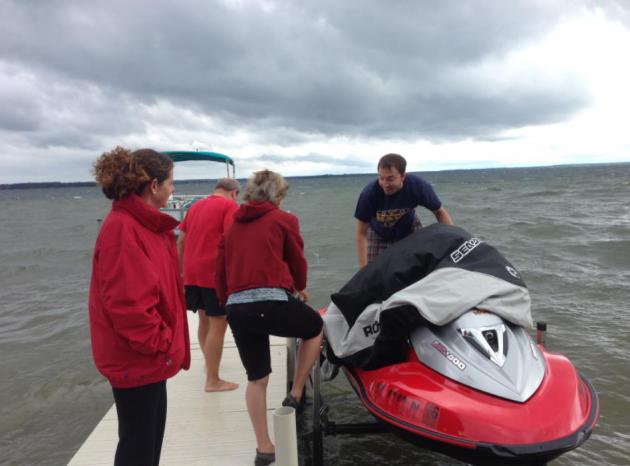
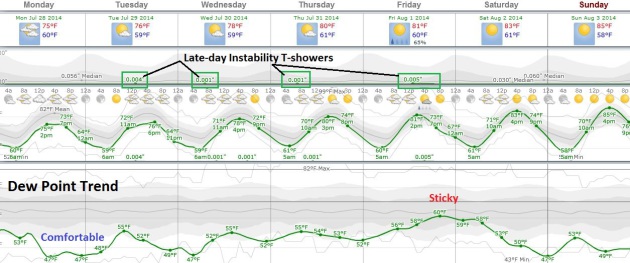
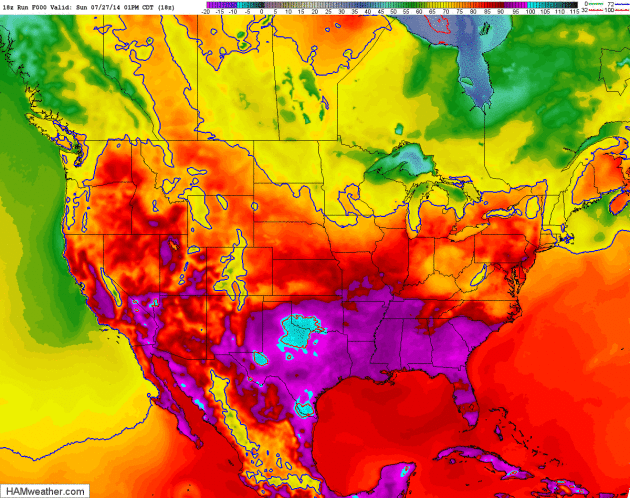
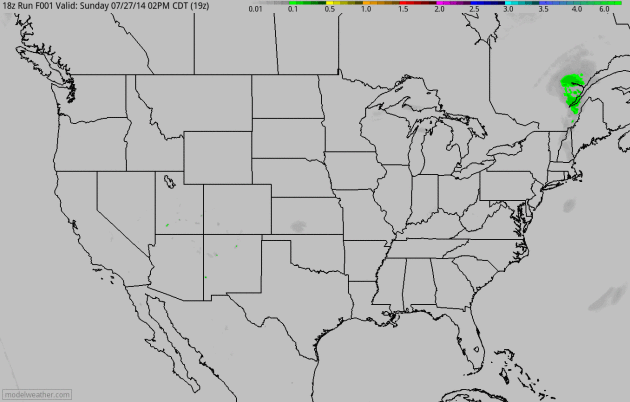
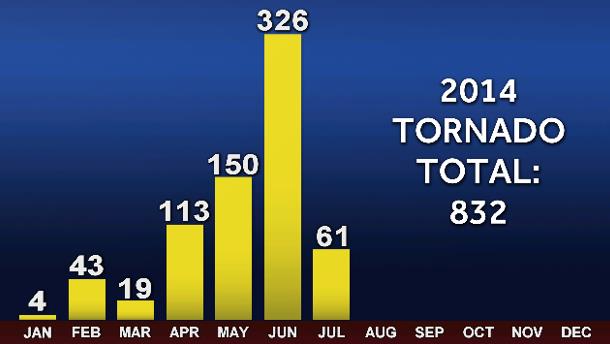
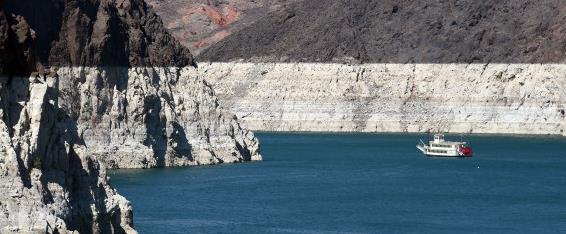
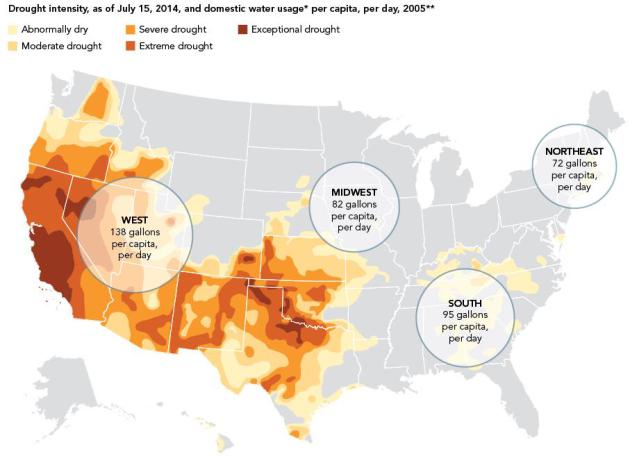
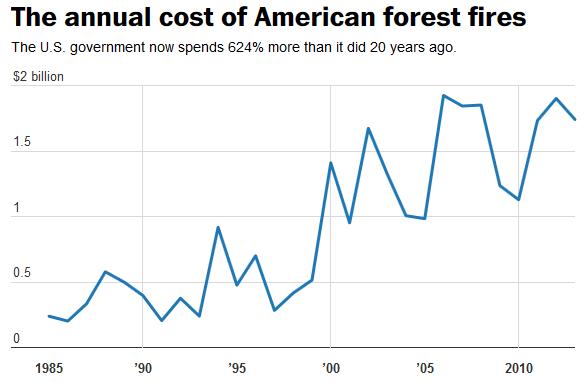
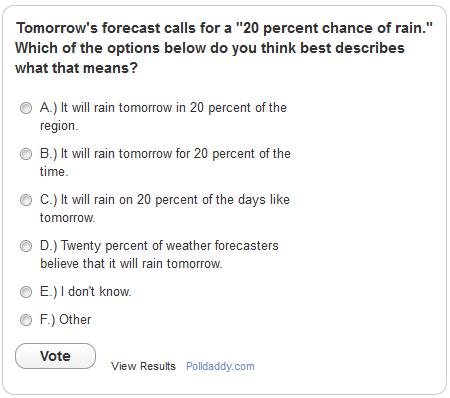


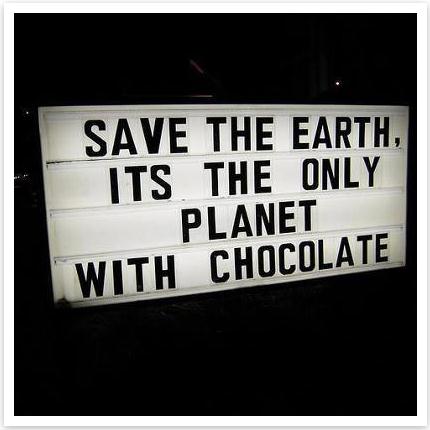
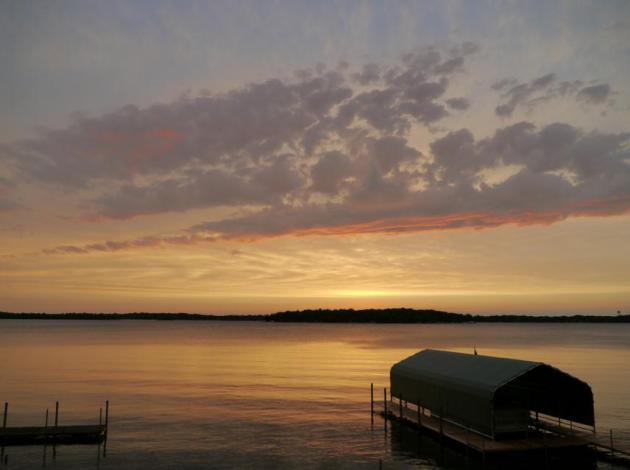
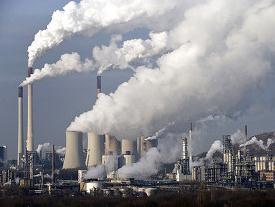
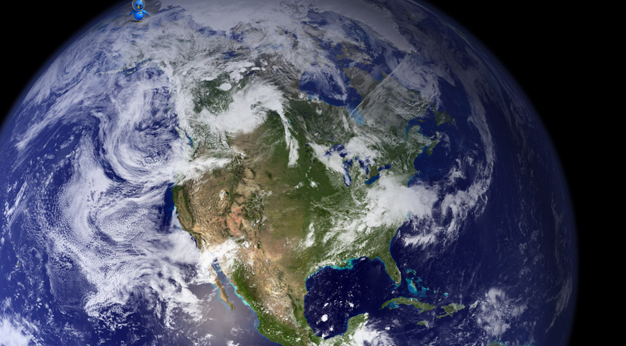
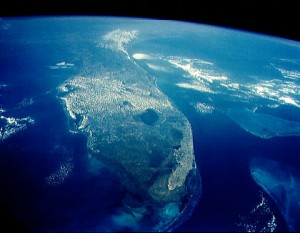

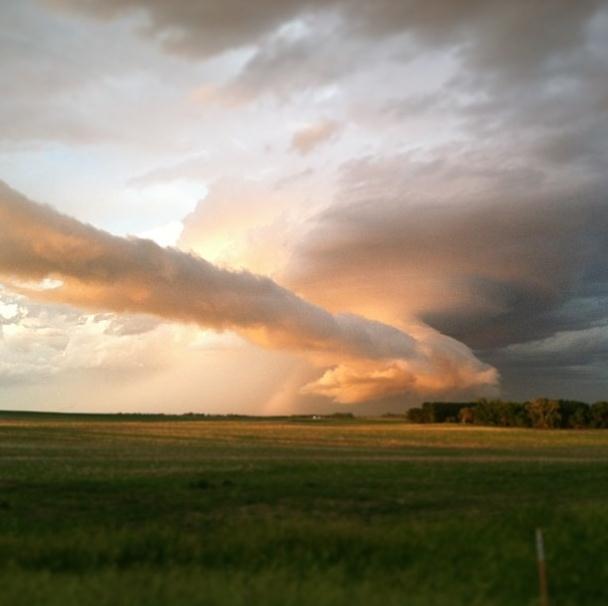
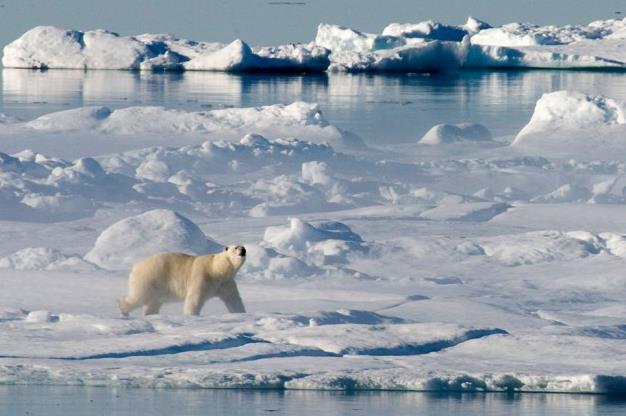
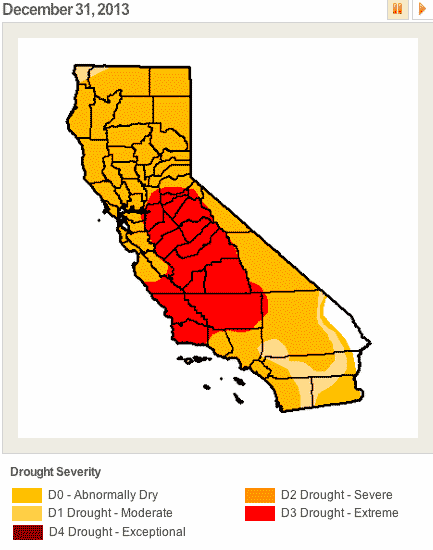
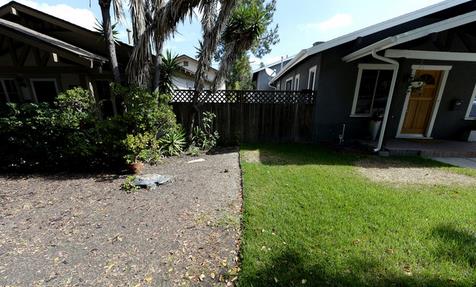
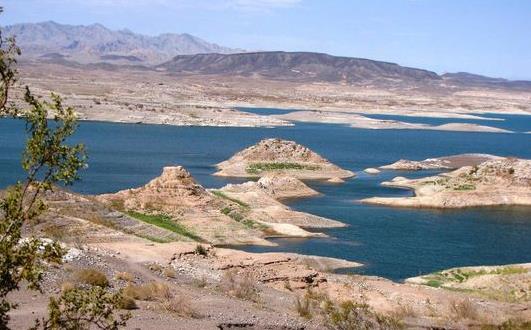
No comments:
Post a Comment